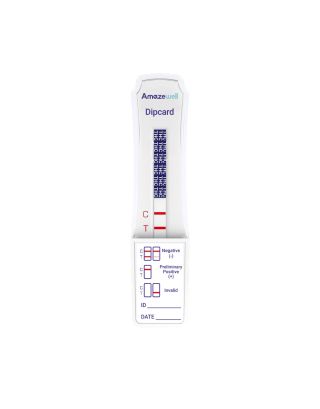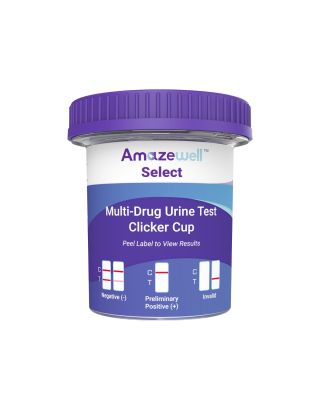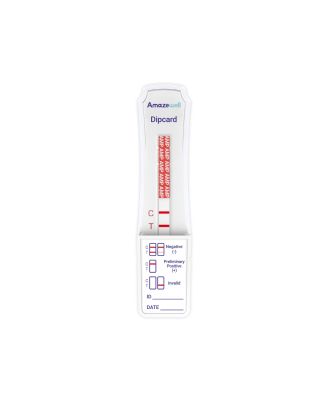THC Cannabis Test

Cannabis, the name of the drug, was first derived from the extract of the cannabis plant and hence its name. Its composition is very complex, mainly including lipids, flavonoids, terpenes, hydrocarbons, non-cyclic large phenols, alkaloids, silver citrate and cyclic cannabinol, etc., and its content depends on the species and specific plant parts. Exogenous toxins from plants have traditionally been the main source of drug cannabis, but in the early 21st century, synthetic cannabis appeared. In addition, the human body may produce cannabis components, and the physiological effects of this endogenous cannabis are still unclear.
It has a very early history of use and may be the earliest known drug. It has been used for a long time in medicine, religion, and entertainment. It can be smoked, taken orally, and chewed. Generally, 7 mg can cause euphoria. Long-term use may cause insomnia, loss of appetite, irritability, irritability, vomiting, trembling, hallucinations, and make people's understanding and memory decline, immunity decline, and easy to get various diseases, thereby making the body weak and thin. But generally does not lead to death.
It has a certain potential social harm after taking it, and is considered one of the three major drugs in the world. Moreover, cannabis is easy to grow and process, and has become the most popular and cheapest drug in Western countries today, known as the "poor man's drug".
Physical and chemical tests mainly conduct qualitative and quantitative determination of the three active ingredients in cannabis: cannabidiol, cannabinol and tetrahydrocannabinol, including conventional chemical methods, capillary electrophoresis, thin layer chromatography, high performance liquid chromatography, gas chromatography and gas chromatography/mass spectrometry, immunoassay and biological assay, etc.
It has a very early history of use and may be the earliest known drug. It has been used for a long time in medicine, religion, and entertainment. It can be smoked, taken orally, and chewed. Generally, 7 mg can cause euphoria. Long-term use may cause insomnia, loss of appetite, irritability, irritability, vomiting, trembling, hallucinations, and make people's understanding and memory decline, immunity decline, and easy to get various diseases, thereby making the body weak and thin. But generally does not lead to death.
It has a certain potential social harm after taking it, and is considered one of the three major drugs in the world. Moreover, cannabis is easy to grow and process, and has become the most popular and cheapest drug in Western countries today, known as the "poor man's drug".
Physical and chemical tests mainly conduct qualitative and quantitative determination of the three active ingredients in cannabis: cannabidiol, cannabinol and tetrahydrocannabinol, including conventional chemical methods, capillary electrophoresis, thin layer chromatography, high performance liquid chromatography, gas chromatography and gas chromatography/mass spectrometry, immunoassay and biological assay, etc.
Shop By
Shopping Options











